What Are Soccer Formations? Simple Guide
Have you ever found yourself watching a soccer match and wondering how teams stay so organized on the field? Soccer formations are a crucial element in shaping how a team plays and performs. Whether you’re an aspiring coach or a passionate fan, understanding formations can give you a deeper appreciation of the game. Choosing the right formation can maximize strengths, cover weaknesses, and ultimately lead to better results.
Understanding Soccer Formations
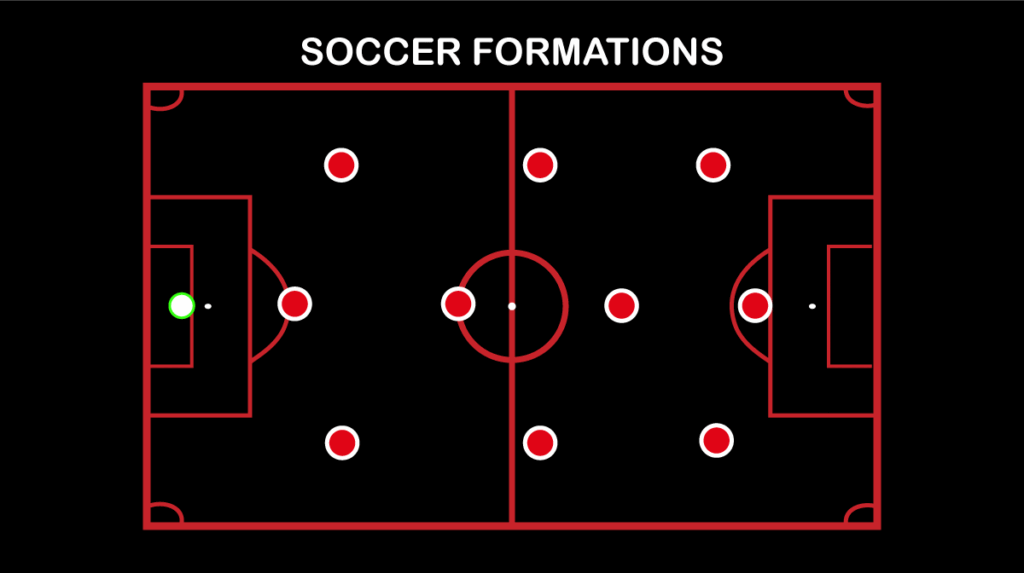
What is a Soccer Formation?
A soccer formation describes the arrangement of players on the field.. It provides structure and determines how a team attacks and defends. A well-planned formation ensures balance and maximizes the team’s strengths, whether it’s focusing on defense, midfield control, or attacking play.
The Importance of Choosing the Right Formation
Your team’s formation should align with the strengths and weaknesses of your players. The right formation can help create scoring opportunities while maintaining defensive solidity. Many legendary teams owe their success to tactical formations that leverage their best attributes.
Common Soccer Formations Explained
Defensive Formations
4-4-2 Formation
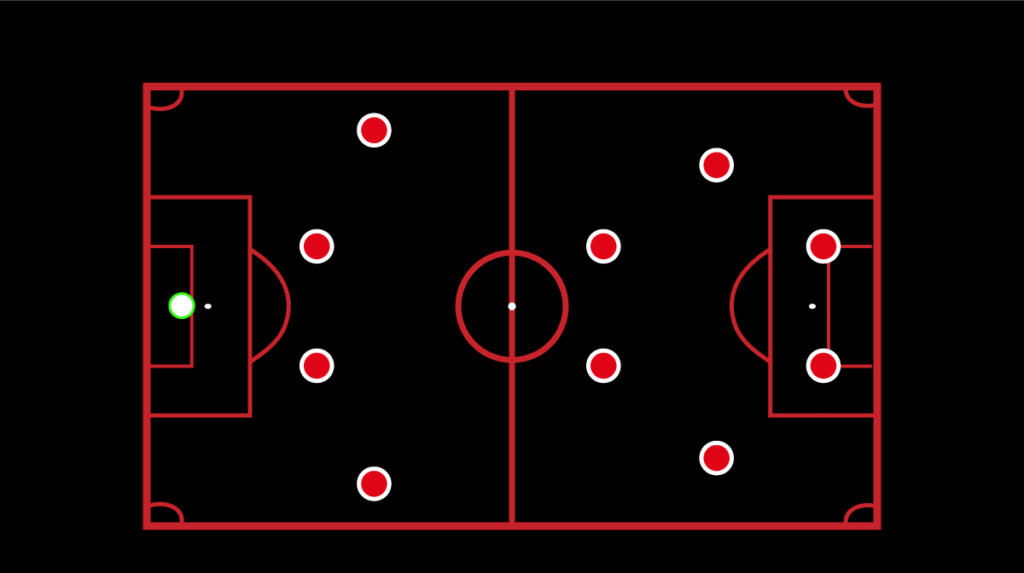
- Provides a balanced approach between defense and attack.
- Easy to implement and suits beginner-level teams.
- Strong defensive line with midfield support.
5-3-2 Formation
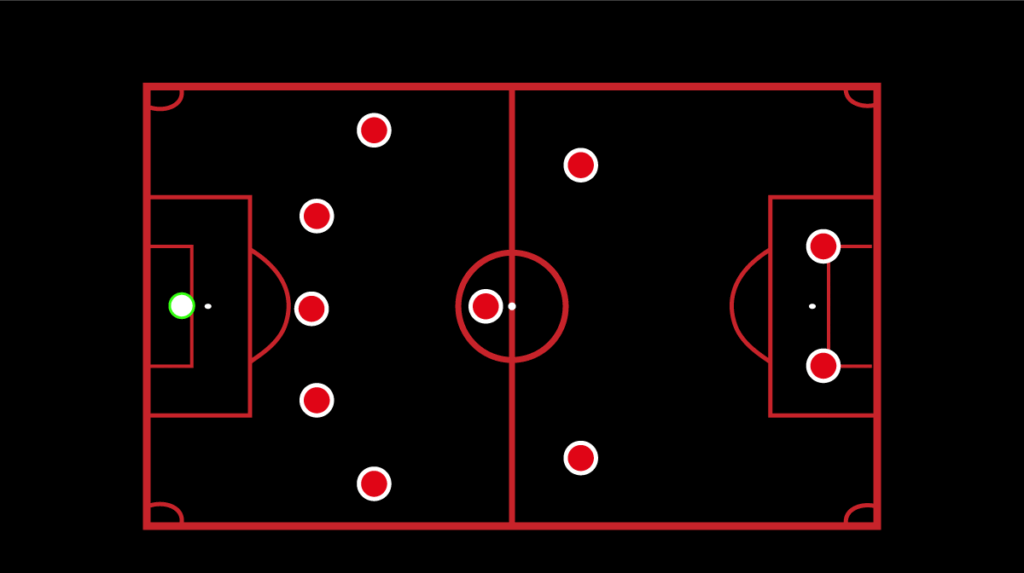
- Focuses on a compact defense with counter-attacking potential.
- Effective against strong attacking opponents.
- Requires quick transitions from defense to attack.
Attacking Formations
4-3-3 Formation
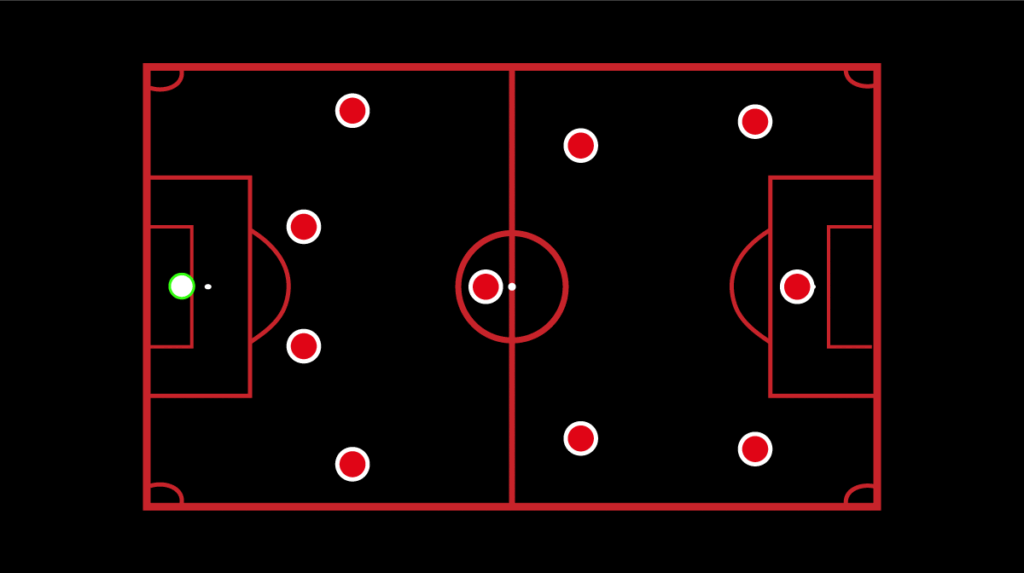
- Encourages an attacking style with wide wingers.
- Great for pressing high and controlling possession.
- Often used by top professional clubs.
3-4-3 Formation

- High-risk formation with a strong attacking focus.
- Requires midfielders with great defensive abilities.
- Ideal for teams looking to dominate possession.
Balanced Formations
4-2-3-1 Formation
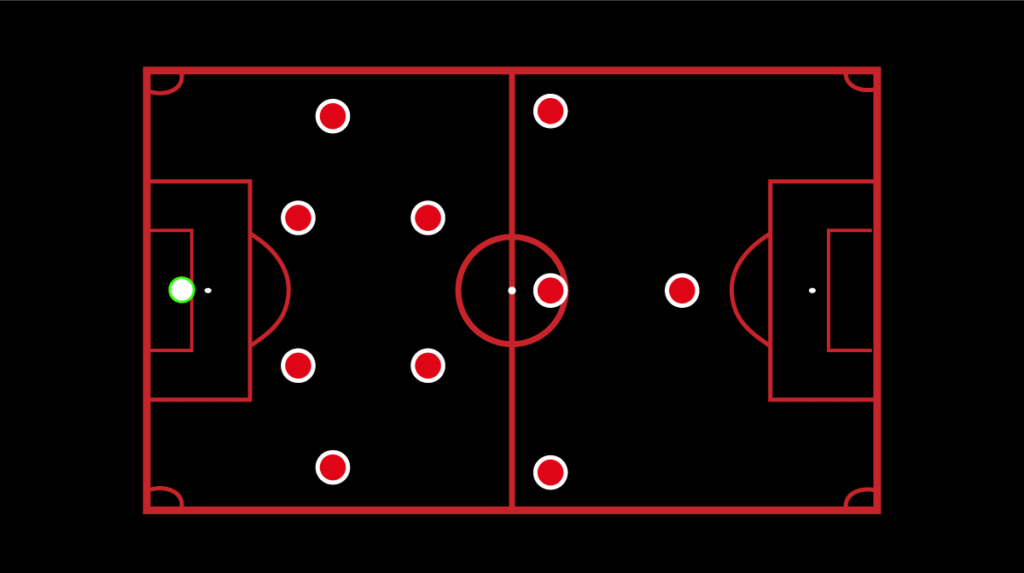
- Provides flexibility between attack and defense.
- Suitable for counter-attacking strategies.
- Often used in modern soccer tactics.
3-5-2 Formation
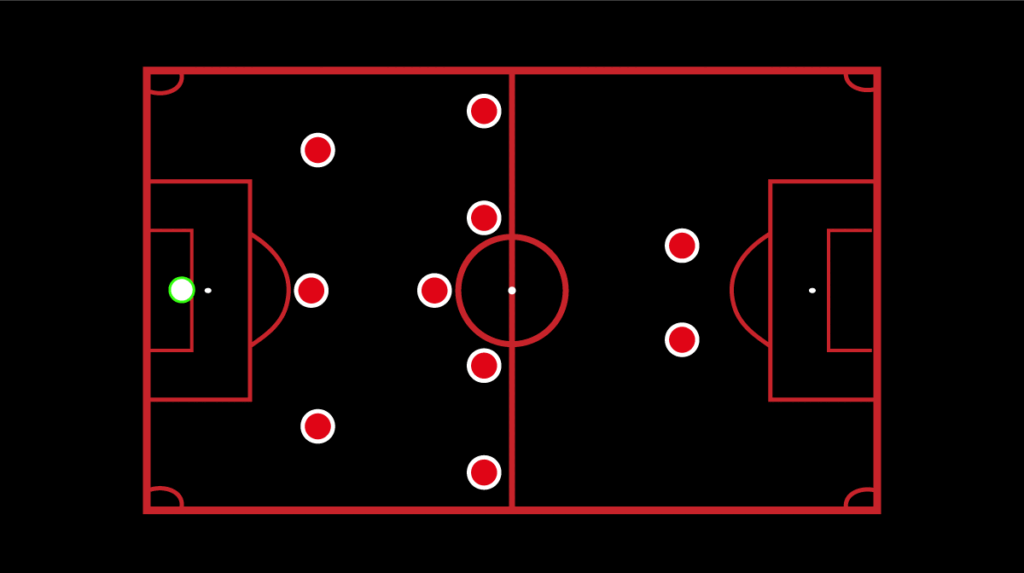
- Dominates the midfield with extra control.
- Requires wing-backs with high stamina and versatility.
- Allows solid defense while maintaining offensive presence.
Choosing the Right Formation for Your Team
Factors to Consider
When deciding on a formation, take into account:
- The strengths and weaknesses of your players.
- The style of play you want to implement.
- Opponent analysis and how they typically set up.
Adapting Formations During a Match
Soccer is a dynamic game, and sometimes adjustments are necessary mid-match. Whether you’re chasing a goal or protecting a lead, knowing when to switch formations can make all the difference.
Tips for Implementing Soccer Formations Effectively
Communication and Team Understanding
- Ensure that all players understand their roles and responsibilities within the chosen formation.
- Conduct training sessions that focus on tactical awareness and positioning.
Utilizing Player Roles
- Assign specific roles based on individual strengths.
- Encourage teamwork to ensure fluid transitions between defense and attack.
Frequently Asked Questions (FAQ)
What is the most commonly used soccer formation?
The 4-3-3 formation is widely used due to its attacking flexibility and defensive stability.
How do soccer formations change during a game?
Teams may shift to a defensive setup when protecting a lead or adopt a more attacking formation when chasing a goal.
Which formation is best for beginners?
The 4-4-2 formation is often recommended for beginners due to its simplicity and balance.
Do professional teams always stick to one formation?
No, professional teams adapt their formations based on their opponents and match conditions.
Conclusion
Soccer formations play a crucial role in shaping a team’s performance on the field. Whether you’re coaching or simply enjoying the game as a fan, understanding formations helps you appreciate the strategic side of soccer. Try experimenting with different formations to find what works best for your team.
Now it’s your turn! Explore these formations in your next game and see how they can transform your playing style.
Formation Comparison Overview
| Formation | Strengths | Weaknesses | Best For |
| 4-4-2 | Balanced play, easy to implement | Lacks midfield control | Beginners |
| 4-3-3 | Strong attack, wide play | Vulnerable defense | Advanced teams |
| 5-3-2 | Strong defense, counter-attacks | Less attacking options | Defensive play |